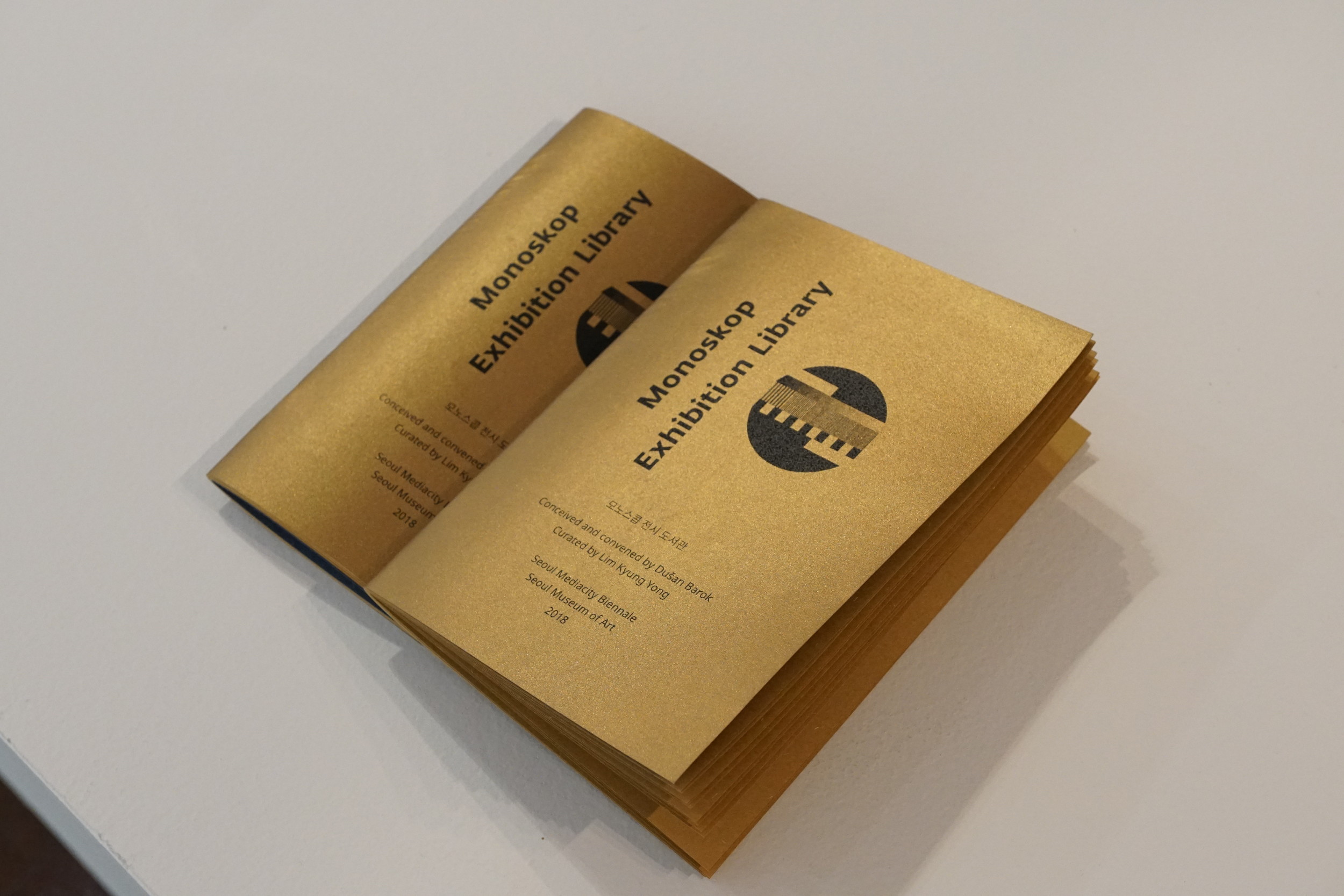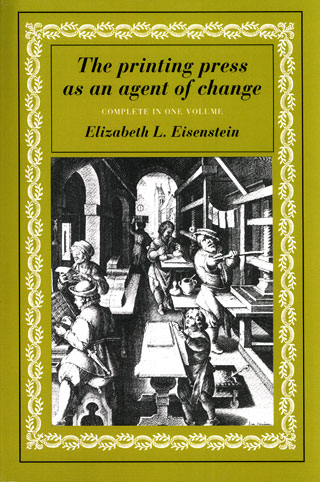Bruce Conner: It’s All True (2016)
Filed under book | Tags: · art, catalogue, collage, conceptual art, experimental film, painting, photography, punk

“Realist. Surrealist. Hippie. Punk. Bruce Conner (1933-2008) was all of these and more. A pioneer in experimental film, collage, photography, conceptual works, and paintings, he challenged the limitations of medium, genre, and style, constantly breaking new ground. Both of and ahead of his time, Conner continues to exert influence over artists working today. Bruce Conner: It’s All True was the first comprehensive retrospective of this pivotal American artist’s output, bringing together over 250 objects in various media, including film and video, works on paper, assemblages, photographs and photograms, performance, and more. Spanning his five-decade career, the exhibition presents aspects of Conner’s work that have rarely been seen before, from paintings he made in the 1950s to photos from the Bay Area punk scene in the 1970s to video work from the 2000s, as well as numerous works produced in the last decade of his life.”
With texts by Rachel Federman, Laura Hoptman, Kellie Jones, Michelle Barger, Roger Griffith and Megan Randall, Rachel Federman, Kristine Stiles, Rudolf Frieling, Gary Garrels, Diedrich Diederichsen, Stuart Comer, Johanna Gosse, a.o.
Edited by Rudolf Frieling and Gary Garrels
Publisher San Francisco Museum of Modern Art, in association with University of California Press, 2016
ISBN 9780520290563, 0520290569
384 pages
Review: Hugo Daniel (Critique d’art, 2017, FR).
Exh. reviews: Roberta Smith (New York Times), Andrea K. Scott (New Yorker), J. Hoberman (New York Review of Books), Matthew Biro (Brooklyn Rail), Maika Pollack (Aperture), Kristin M. Jones (Wall Street Journal), Kimberly Connerton (Aesthetica), Thomas Gladysz (Huff Post).
Exhibition (MoMA)
Exhibition (SFMOMA)
Exhibition (Reina Sofia)
Publisher
WorldCat
PDF (35 MB)
Comment (0)Monoskop Exhibition Library (2018) [English/Korean]
Filed under catalogue | Tags: · art documentation, artists book, catalogue, library, monoskop, video art

The Exhibition Library reimagines the medium of art exhibition as well as that of art catalogue. Catalogues carry exhibitions through time and space, figuring as tropes for imagining arrangements and the course of works and settings they describe. However, they rarely give us a clue about what really happened, since they are often made before the show opens. Rather than documenting it, they often stand on their own, almost as if another work on display, truly as an artistic medium on its own. For this work, artists, designers, curators, poets and collectives created thirty catalogues of imaginary exhibitions. Exploring both the potential and impossible in art, the resulting exhibition library also serves as a “library of exhibitions.”
With works by the Archive of the Museum of American Art-Berlin, Joana Chicau, Vuk Ćosić, Annet Dekker, Leslie Drost-Robbins, Espen Sommer Eide, Kenneth Goldsmith, Sarah Hamerman and Sam Hart, Seewon Hyun, Václav Janoščík and Eva Skopalová, Geraldine Juárez, Josefina Björk and Bhavisha Panchia, Mara Karagianni and John Colenbrander, Richard Kitta and Michal Murin, Jungmin Lee, Signe Lidén, Silvio Lorusso and Sebastian Schmieg, Ilan Manouach, Darija Medić, Multimedia Institute Zagreb (Tomislav Medak, Marcell Mars, et al.), Michal Murin, Possible Bodies (Femke Snelting and Jara Rocha), Purple Noise, Jürgen Rendl, Danny Snelson, Supermuch, Technopolitics Working Group (John Barker, Sylvia Eckermann, Doron Goldfarb, Armin Medosch, Gerald Nestler, Felix Stalder, Axel Stockburger, Matthias Tarasiewicz, Thomas Thaler, Ina Zwerger, et al.), Charles Turner, Takuma Uematsu, Yuki Hayashi, Tadashi Kobayashi and Tetsuya Goto, Marina Valle Noronha, and Amy Suo Wu.
Presented as part of Seoul Mediacity Biennale, Seoul Museum of Art, Korea, 5 September – 18 November 2018.
Edited by Dušan Barok
Publisher Monoskop, Amsterdam, with The Book Society, Seoul, 2018
47 pages
HTML (includes PDFs of several contributed works)
PDF
Internet Archive
Humanities Commons
ARG
Issuu
Scribd
Elizabeth L. Eisenstein: The Printing Press as an Agent of Change: Communications and Cultural Transformations in Early-Modern Europe (1979)
Filed under book | Tags: · advertising, antiquity, book, cartography, catalogue, censorship, history of science, image, library, literacy, mathematics, media history, memory, philology, print, propaganda, religion, renaissance

“A key text to understand the role of print on social change and the arts. Professor Eisenstein begins by examining the general implications of the shift from script to print, and goes on to examine its part in three of the major movements of early modern times – the Renaissance, the Reformation, and the rise of modern science. Her masterful and well researched text sets a standard for understanding the social impact of printing.”
Publisher Cambridge University Press, 1979
11th printing, 2005
ISBN 052129951, 9780521299558
794 pages
HT Didgebaba
Reviews: Carolyn Marvin (Technology and Culture, 1979), Anthony T. Grafton (Journal of Interdisciplinary History, 1980), Eric J. Freeman (Medical History, 1981), Eric J. Leed (American Journal of Sociology, 1982), Richard Teichgraeber (History of European Ideas, 1984).
PDF (2 vols., 16 MB, updated on 2022-1-30)
EPUB (2nd ed., 2012, added on 2022-1-30)
See also the collection Agent of Change: Print Culture Studies after Elizabeth L. Eisenstein (2007).
Comment (0)
